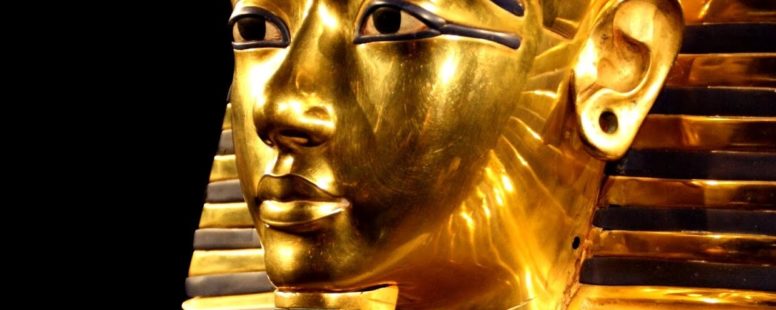Ancient Egypt Cosmetic and Aesthetics
Egyptian Eyeliner
The history of eyeliner goes all the way back to 10,000 BC. In Ancient Egypt and Mesopotamia, it was known by the name of Kohl. The Egyptians regarded beauty as a sign of holiness and high class. Cosmetics were traded often and were used not only for their aesthetic purpose but for ceremonies and religious practices as well.
How was it made and applied?
The Egyptians used grepond eye paint and black kohl. Which were made from crushed up charcoal and a substance called galena as their two main forms of eye makeup. Malachite, a copper carbonate pigment, was used to create green eye paint. They’re also known for adding oil, lead, and other minerals by use of mortar and pestle to the base of the eyeliner to achieve multiple shades.
The eyeliner was then applied with a small stick around the lower and upper eyelid. Then extended back in the direction of the ear in a large wing shape. The Egyptians were the creators of the cat-eye we all know and love today. Both men and women would wear the eyeliner.
Kohl was used for more than aesthetics
The Egyptians used Kohl for eye protection. It did for them what the “war paint” does for footballers out on the field. It also prevented them from eye infections. Such as ocular infection that was a byproduct of the flooding of the Nile River. When Kohl is applied to the skin, it promotes the production of nitric oxide and strengthens the immune system. They would also add lead salts to the eyeliner further amplifying its effects. We now know that lead can poison us, of course. However, the properties from the salt may very well have protected them from certain diseases and could have also aided skin discolorations. For example, the fading of scars, and cure other ailments of the eyes. Prolonged exposure to lead is known to cause major health issues so it’s best to not even consider adding to your makeup bag!
Though they believed wholeheartedly that the results of the makeup were magical, it has been impressive to come to know that they were, in fact, medicinal.
Social classes and Kohl
The Egyptians could differentiate social class based on how much makeup a woman was wearing. The more makeup on the face, the higher the class they were likely to be. Women would seek to pale their skin with other creams and powders since having tan skin was a sign of the working class.
How eyeliner was brought to the Western World
In the 1920’s, the tomb of Tutankhamun was discovered by explorers resulting in a new trend among Westerners. This was an era known for major changes in fashion. Women gained a new sort of inspiration from the Kohl worn by Tutankhamun and other Egyptians. If you take a look back into the fashion trends of the 20’s you will clearly notice a boom in the amount of makeup work by women- particularly eyeliner.
The eyeliner of today
The Egyptians were responsible for shaping our idea of beauty today. Eyeliner and its various ways of styling have evolved over time due to their influence. It’s commonly used as a regular staple in a woman’s daily makeup routine to add more definition and shape to her eye. Depending on how heavily or lightly it is used it can create different looks and highlight different portions of the eye. It’s common to see many different styles of eyeliner throughout society these days. As a general rule of thumb, you will see thicker liner used for evening or more formal activities and lighter liner used throughout the day. It’s drawn in many ways on the upper lashes, lower lashes, or both.
Some even draw on the water lines of their eyes. It’s used to draw more attention to the eye, exaggerate features and eye color. It even changes the perceived shape of the eye. Today you’ll see it in many different colors but its roots will always remain with the Egyptians and Mesopotamians- the original trendsetters.

